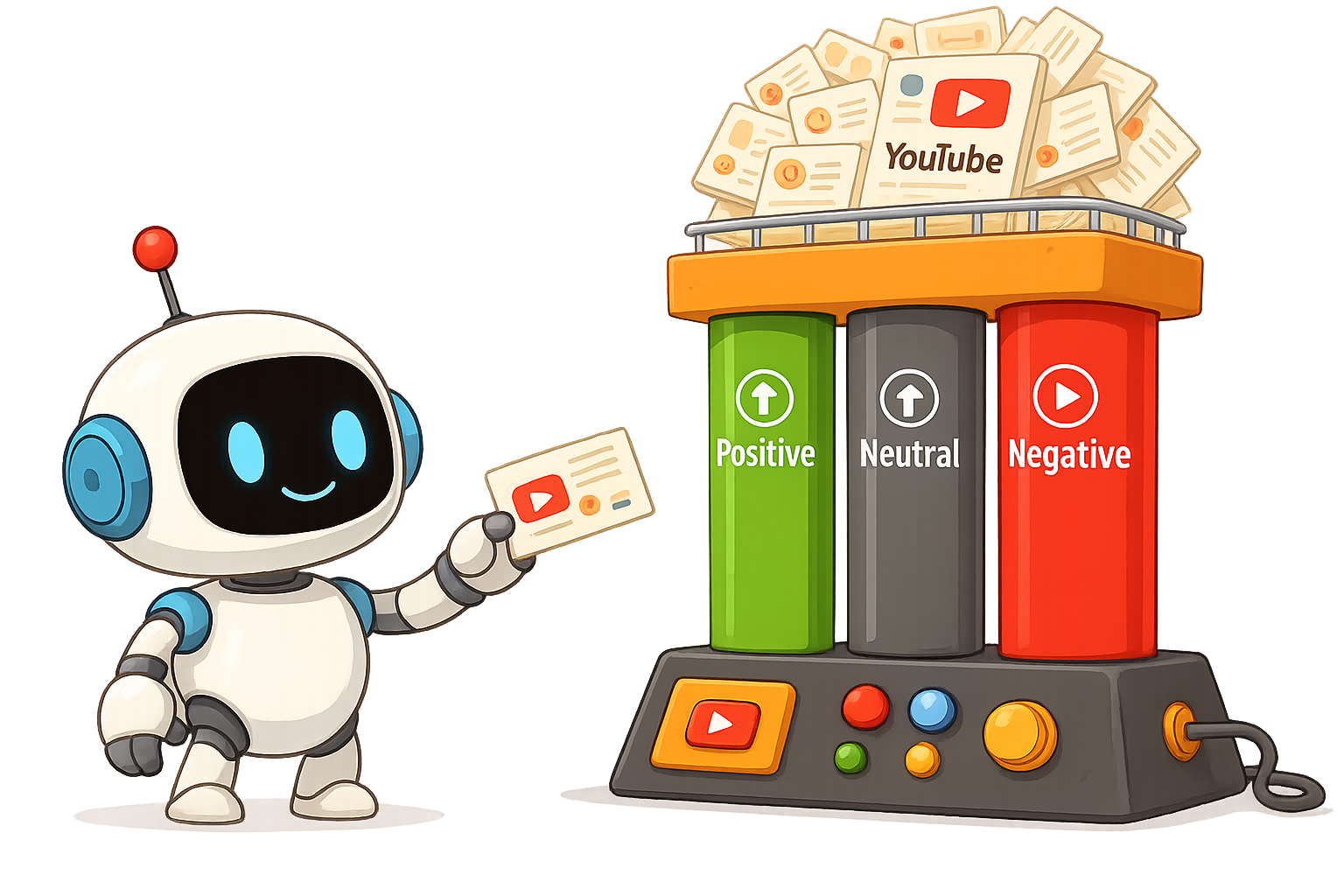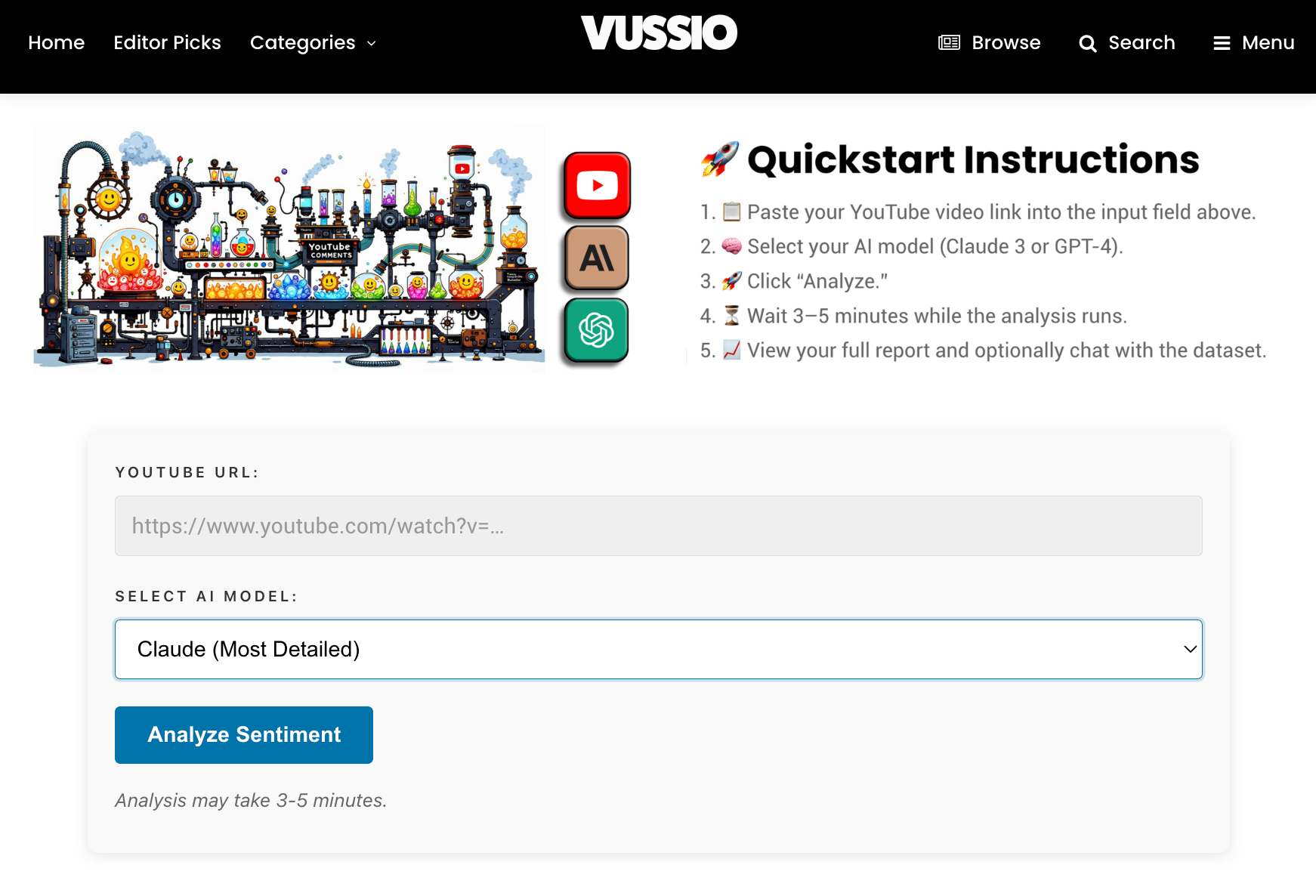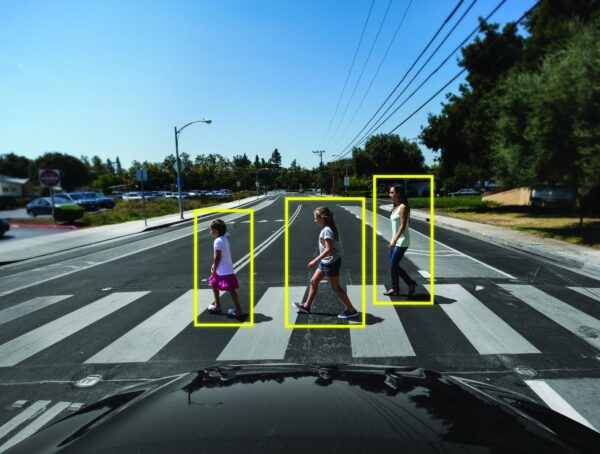
Let’s cut straight through it. The internet isn’t just casually dishonest, it thrives on deception. Everyone knows it, and YouTube might be the worst offender. But sometimes the truth sneaks out in the comment section. Except there’s a problem: who can actually read thousands of comments? Nobody sane, that’s who.
So I built a thing…
A tool that not only scrapes thousands of YouTube comments and full video transcripts, but uses Claude or ChatGPT (your choice) to create a comprehensive, instantly readable report. It cuts through the clutter and reveals what viewers are actually saying. Sentiment by sentiment, agreement by disagreement, across thousands of comments.
It’s fully automated, end-to-end, by leveraging a visual automation platform that stitches everything together behind the scenes. From scraping to analysis to formatting and delivery, the robot handles it all.

Above is a sneak peak of behind the scenes of this amazing tool, but first, this journey all started because of a suspiciously dirty rug.
The Rug Was Too Dirty… Even for YouTube
You’ve seen these videos, I’m sure. Professional carpet cleaners filming satisfying videos of rugs brought in by customers. They hose them down, blast away the grime, and reveal patterns lost for years. Great content, oddly satisfying, except this one rug video bothered me profoundly.
It wasn’t just dirty, it had about an inch of dry dirt sitting right on top, perfectly uniform. It looked staged. No rational human being brings their rug to the cleaners with an inch-thick layer of dirt perched on top. That wasn’t normal dirt. That was prop dirt, carefully staged for clicks and views.
Immediately, I wondered: am I the only one seeing this? Did anyone else notice the obvious theatrics?
Comments Were My Only Hope (And They Let Me Down)
I scrolled through the top comments. Nothing. I scrolled through another 60. Still nothing. No one had called out the obvious fraud yet. And I realized something: even if someone else noticed, their comment could be buried under thousands of irrelevant jokes and meaningless praise.
I wasn’t satisfied, and I didn’t want guesses, I wanted facts. I needed to analyze every comment. Manually? Impossible. But with AI? Entirely feasible.
So I Built the Machine
It starts with a custom-built WordPress plugin. Being that I know little about building wordpress plugins, AI built the plugin for me. It begins with a form that captures three things the moment someone pastes a YouTube URL on my site: the link itself, their choice of AI model (Claude or GPT), and Submit!

Once submitted, the plugin triggers a webhook to Make.com (my automation backbone) which fires up an Apify scraper. That scraper digs through the video’s top comments, extracting the most relevant, most engaged replies. It doesn’t stop there; it also grabs the full transcript of the video to provide the context AI needs to distinguish real insight from sarcasm or surface-level noise.
Click to See Detailed Breakdown of Workflow
🔴 Webhook (Module 1): “Start the Engine”
💥 Custom Webhook
- Triggers the entire scenario with a YouTube video URL + selected model (🟠 Claude branch or 🟢 GPT branch)
- Think of this as pressing the “Analyze” button
🔵 Apify: Scrape Comments (Module 5)
- Run Actor: YouTube Comments Scraper
- Crawls the YouTube video’s comments section
- Pulls over a thousand high-engagement comments
- Structured, reproducible scraping = clean input for AI
🔵 Apify: Get Comments (Module 6)
- Fetch Dataset Items
- Pulls cleaned comment data from the completed Actor
- Output format: JSON
🟣 Tools: Prepare Comments
- Set Variable (Module 27): Saves the comment count for report metadata
- Text Aggregator (Module 15): Combines comment objects into one JSON-style string
- Set Variable (Module 16): Stores the formatted comments for use by AI
🔵 Apify: Scrape Transcript (Module 11)
- Run Actor: YouTube Transcript Scraper
- Extracts full transcript from video using a headless browser
🔵 Apify: Get Transcript (Module 12)
- Fetch Dataset Items
- Pulls the transcript as JSON with clean formatting
🟣 Tools: Prepare Transcript
- Set Variable (Module 17): Stores transcript text for AI input
🔁 Router (Module 22): “Choose Your AI Fighter”
🔀 Basic Router
- Sends the workflow to either:
- 🟠 Claude branch if
model = claude-3-opus - 🟢 GPT branch if
model = gpt-4.5-preview
🟠 Claude Branch
Anthropic Claude (Module 18)
- Create a Prompt
- Uses structured prompt to generate a full HTML intelligence report
- Includes sentiment, political analysis, top quotes, theme clusters, etc.
🟣 Tools: Claude Output Formatting
- Set Variable (Module 20): Saves Claude’s raw HTML output
- Text Aggregator (Module 19): Cleans it up for Drive upload
🟡 Google Drive + Docs (Claude)
- Upload HTML to Drive (Module 21): Saved to:
CLAUDE REPORTS/HTML - Create Google Doc (Module 10): Saved to:
CLAUDE REPORTS/DOCS
🔴 Webhook Response (Module 36)
- Returns the full HTML report directly in-browser (for preview in plugin)
🟢 GPT Branch
OpenAI GPT (Module 13)
- Create Completion
- Same logic as Claude: runs your structured prompt, returns HTML report
🟣 Tools: GPT Output Formatting
- Set Variable (Module 23): Saves GPT’s response
- Text Aggregator (Module 24): Formats it for file upload
🟡 Google Drive + Docs (GPT)
- Upload HTML to Drive (Module 25): Saved to:
GPT REPORTS/HTML - Create Google Doc (Module 26): Saved to:
GPT REPORTS/DOCS
🔴 Webhook Response (Module 37)
- Returns GPT’s HTML report directly to browser/plugin for instant view
The raw data is then batched and cleaned. Comments are trimmed, tokens are managed, and everything is staged for analysis. The AI is prompted not just to summarize, but to dissect: What’s the tone? Is the comment in agreement with the video? Is it political? Sarcastic? Honest? Biased? And more importantly, is that praise real, or just ironic?
The report generation is where it all comes together. The AI returns structured results, which are instantly converted into a clean HTML document, styled, labeled, and formatted for human readability. It loads back on the same page the user submitted from, in real time. No refresh. No redirect. Just answers. At the same time, the full HTML report is saved to Google Drive. It’s built to be permanent, not just a flash-in-the-browser result, but something you can share, cite, or revisit.
🪄 Magic Trick AI Sentiment Report 🗣️ Debate Comments AI Report 🏛️ Political Comment AI Analysis
What started as a workaround for a single video turned into a full-fledged system: scraper, analyzer, formatter, and reporter; all stitched together invisibly by AI and automation.
I didn’t plan for it to be this effective. But once I saw it working, once I saw how accurately it decoded public sentiment, I realized something: this tool tells the truth media avoids. It listens to the crowd. It respects subtext. And it filters out the noise without missing the nuance.
Because while headlines spin and influencers rehearse, the comments section never quite learns how to lie. Now I have a way to hear what it’s really saying.
Why This Isn’t Just About a Rug
What this project uncovered was bigger than one rug. Personally coined, I now call it Rug Theory: the practice of carefully staged content masquerading as authenticity.
- Kitchen Fakery: Viral cake fails, slime hacks, and giant food stunts often rely on pre-made results or staged disasters to fake success or failure.
- Cleaning Theater: From carpets to cars, creators apply fake grime beforehand to exaggerate “satisfying” before-and-after reveals.
- Restoration Scams: Rusted tools, busted electronics, and dirty shoes are often artificially damaged to simulate dramatic recoveries.

I’ve applied this analysis to everything from corporate marketing stunts and influencer apology videos, to breaking news stories and even heated political debates. It isn’t partisan, either. This tool simply reveals what people actually think. Not the handful of upvoted jokes or politically convenient narratives, but the real, nuanced crowd reaction.
📹 Influencer Apology Videos
- Tool Use: Detect sincerity vs. performative damage control
- Example: After a scandal, a YouTuber releases a tearful apology, the tool shows if fans are buying it… or calling BS.
💣 Public Backlash & Brand Cancellations
- Tool Use: Quantify outrage vs. support
- Example: Bud Light faces a boycott, the tool separates performative outrage from sustained public sentiment shifts.
🗳️ Heated Political Debates
- Tool Use: Track ideological alignment and emotional tone
- Example: During a live presidential debate, this tool can reveal which arguments resonate, which fall flat, and who’s actually shifting minds.
🎤 Celebrity Interviews or Podcasts
- Tool Use: Analyze perception shifts post-interview
- Example: A controversial figure appears on Joe Rogan, this tool shows if they gained sympathy or cemented public distrust.
🎬 Film, Show, or Trailer Releases
- Tool Use: Dissect fan expectations vs. reactions
- Example: A new Marvel trailer drops, the tool shows if fans are hyped, fatigued, or frustrated by the direction.
The only limit is your imagination (and API credits).
Final Thoughts
We’re drowning in staged authenticity and calculated deception. But truth doesn’t vanish, it lurks below the surface, hiding in the comments and context of what people actually say. With the right tools, you can find it.
All because one day, I saw a rug that was simply too damn dirty.
🔧 Read About My Other Automation Tool
Read more about how I took a startup website from zero to page 1 using only this automated content system. No manual writing, just smart automation that Google rewarded with top rankings for multiple keywords.
📖 Infographic to WordPress Article Automation Tool
How I approached building the automation system, the WordPress connection architecture, and the SEO principles I coded into every template
More from A.I.
Can You Tell If This Art Is Human or AI? Most People Can’t!
Once upon a time, art was the way humans flexed, a way to show off our emotions, imagination, and skill. …
AI’s Prison Takeover: Are We Creating a Orwellian Dystopia?
The modern world is almost fully integrated with artificial intelligence, and prisons are starting to benefit from AI innovations too. …
Would a Self-Driving Car Kill You to Save Three Strangers? The Terrifying Truth
Picture this: you go to cross the street, walking about 10 feet behind a group of 3 friends. A self-driving …




















